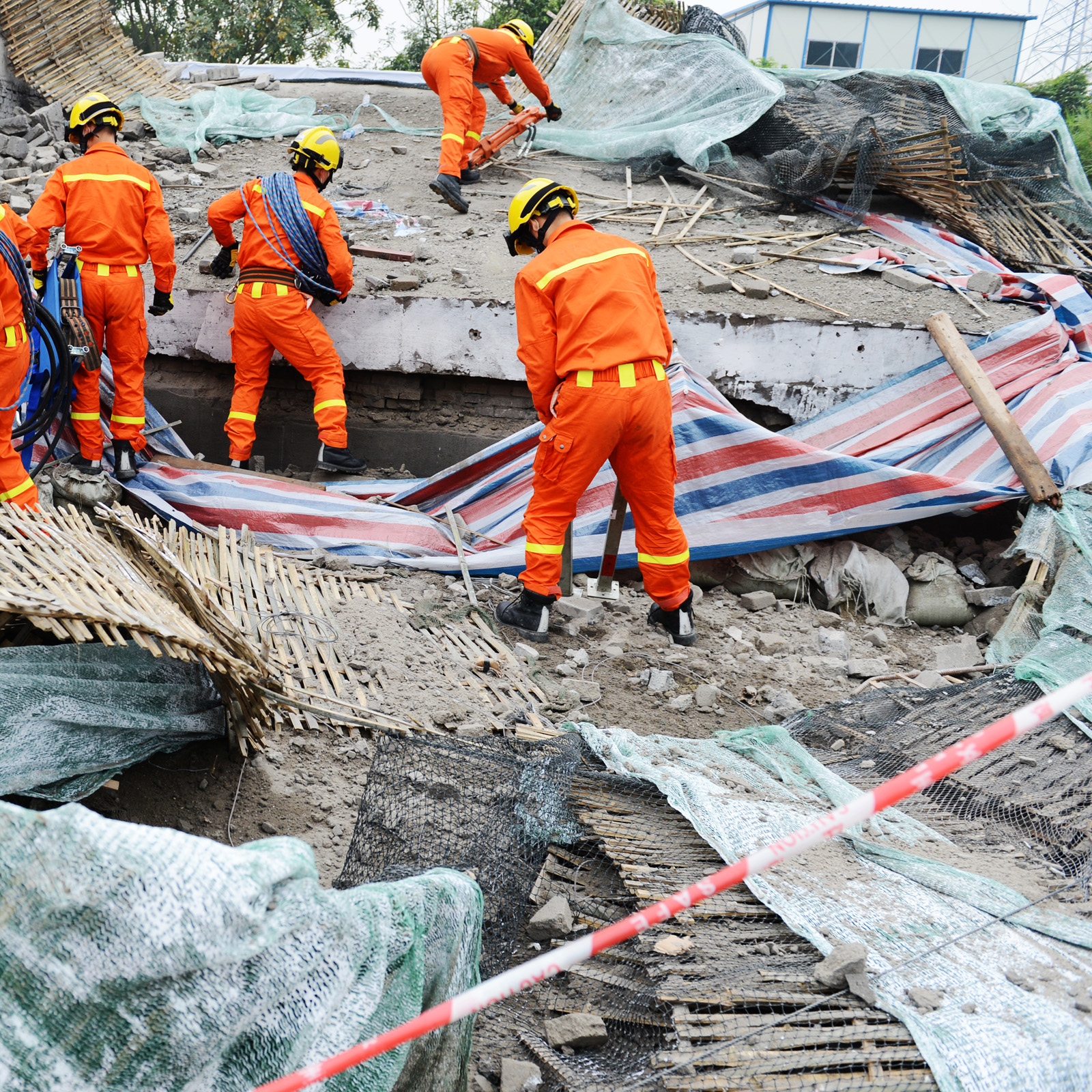Natural disasters, such as earthquakes, hurricanes, and wildfires, have become increasingly frequent and severe in recent years, affecting millions of people worldwide. Disaster response and relief efforts are critical in minimizing the impact of such disasters and in helping affected communities recover. One of the most critical tools in disaster response and relief efforts is technology. The use of new technology has revolutionized disaster response and relief by providing innovative solutions to aid in preparedness, response, and recovery efforts.
Technology in Disaster Preparedness
Communication technology has become increasingly important in disaster preparedness. It allows for effective communication between first responders, government officials, and the affected community during a disaster. Global Positioning Systems (GPS) and Mapping Technology, such as Geographic Information Systems (GIS), allow for real-time mapping and monitoring of affected areas. Early Warning Systems can help predict disasters, enabling early evacuation, and other proactive measures. Social media platforms have become a critical tool in disseminating emergency information and mobilizing support for relief efforts.
Technology in Disaster Response
In disaster response, Robotics and Drones are becoming increasingly common. Drones can provide real-time images of affected areas, enabling first responders to assess damage, identify affected areas, and coordinate relief efforts. Wearable Technology can provide first responders with vital information, such as heart rate and body temperature, to ensure their safety during disaster response efforts. 3D Printing can be used to produce equipment and supplies needed during disaster relief efforts. Artificial Intelligence (AI) can help analyze vast amounts of data, enabling better decision-making during disaster response.
Technology in Disaster Recovery
Smart Grids and Microgrids can ensure access to essential services such as power and water in affected areas during disaster recovery efforts. Disaster-resistant Buildings can be designed to withstand natural disasters and reduce the impact on the affected community. Mobile Apps for Recovery can help streamline the process of accessing support services for affected communities. Remote Sensing and Monitoring can help monitor the progress of recovery efforts in affected areas.
Challenges of New Technology in Disaster Response and Relief
Despite the numerous benefits of technology in disaster response and relief efforts, there are also significant challenges. Limited access to technology in some areas, inadequate infrastructure, privacy and security concerns, and funding constraints pose significant challenges to the adoption of new technology in disaster response and relief efforts.
Future Directions of New Technology in Disaster Response and Relief
In the future, technology will continue to play a critical role in disaster response and relief efforts. Integration of technology, such as IoT, Blockchain Technology, and Adaptive Technology, will enable real-time monitoring and coordination of disaster response efforts. The development of open-source technology will enable greater collaboration and knowledge sharing among disaster response and relief experts.
Conclusion
The use of new technology in disaster response and relief efforts has revolutionized the way we respond to natural disasters. Technology has enabled us to become more efficient and effective in our response efforts, ultimately saving more lives and reducing the impact of disasters. As we move forward, it is essential to continue investing in the development of new technology and to ensure that all communities have equal access to these technologies to enable us to respond more effectively to natural disasters. Increased collaboration between technology and disaster response and relief experts is critical to ensuring that we continue to improve and refine the use of technology in disaster response and relief efforts.





